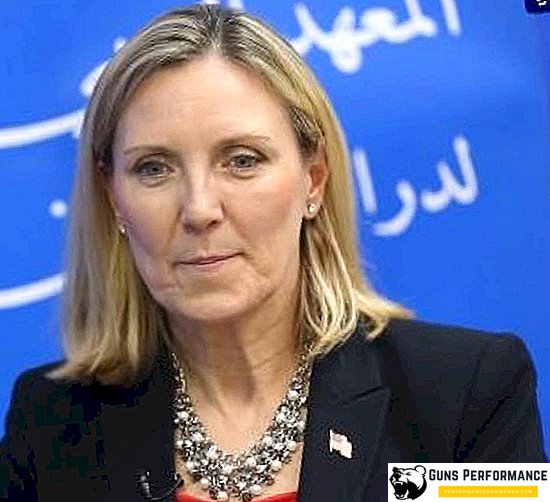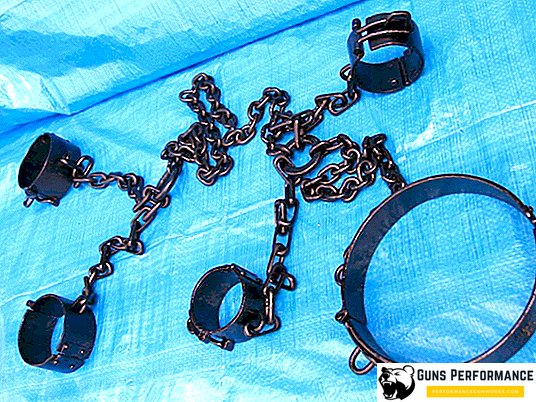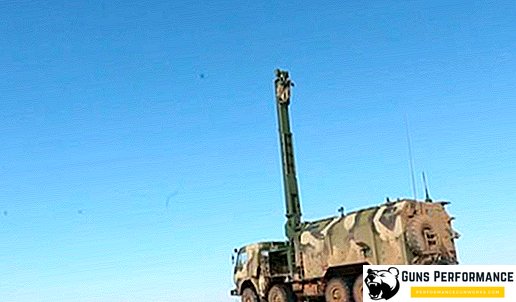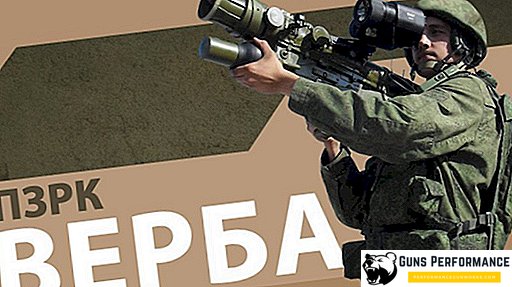WADA is an international organization that provides doping control for athletes. Its main task is to create conditions for the most honest and transparent competitions. WADA has its own code, set of rules and opportunities, so that it can not only conduct doping tests of any athletes, but also decide the fate of those who do not pass them.
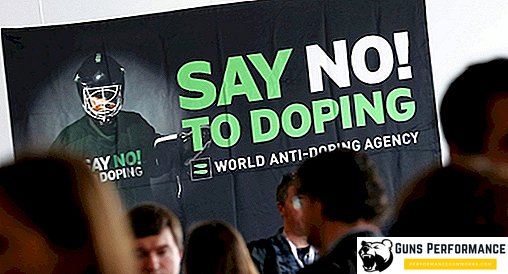
WADA, what it is, how it stands for, what is needed
In the study of WADA, deciphering its abbreviation indicates the main activity - the global anti-doping agency operating at the international level. This organization is engaged in the fight against doping in sporting events. WADA operates in accordance with the World Anti-Doping Code governing actions and measures that can be used to control and punish athletes.
The Agency at the legislative level has the right to perform the following tasks:
- create a list of prohibited drugs;
- to finance and control doping testing laboratories (WADA may be denied accreditation upon request);
- conduct preventive and informational conversations with athletes, coaches, doctors about how the anti-doping program works, and what consequences may be encountered in case of its violation;
- report to any sports federations information about the doping control violation in the event of the discovery of such a fact;
- require the removal of individual athletes or entire teams from the competition.
With the assistance of WADA, regulations and standards are developed that should be followed by professional athletes. They are listed on the official website of the structure. The organization may accredit other national anti-doping companies that will assist in identifying violations. The agency has its own database, which contains information about the athletes who underwent doping control and the results of their analyzes.
Any professional athlete has a question when he comes up with WADA what it is. This organization has the right to update and change the list of prohibited substances. This procedure is carried out with the assistance of national agencies to which a proposal is sent to ban a particular drug, after which arguments are gathered in favor of the initiative or against it.
Any athlete who wishes to take part in international competitions must confirm that they do not accept prohibited substances. To do this, every 3 months, the athlete must send to WADA an application with information about his daily routine, location and free time for the period. On any given day, agency staff can dope testing when an athlete does not expect this. Such a system was created so that competitors could not prepare for the test.

WADA can not independently remove athletes. Data on violations are transmitted to the sports federation, where the decision on punishment is made. If such actions do not occur, the agency has the right to complain to higher authorities.
History reference
WADA has existed since 1999. The organization was created in Lausanne (Switzerland) to combat the use of doping in international competitions. The initiative to establish the agency was compiled with the support of the International Olympic Committee. The basis for the creation of such a structure was the scandal that occurred after the Tour de France cycling race in 1998, in which various stimulating substances were actively used by athletes.
Initially it was assumed that WADA would exercise doping control at the 27th Olympic Games in Sydney, held in 2000. However, over time, due to a large number of violations, the rights and obligations of the agency became wider.
During the existence of the organization, the presidency was held by three people:
- Dick Pound (Canada);
- John Fahey (Australia);
- Craig Ridy (UK).
In accordance with the WADA code, the same person cannot be in charge of an organization for more than three consecutive terms. Duration of one presidential term is 3 years.
In 2001, it was decided that the headquarters of WADA would be transferred to Montreal, Canada, where it is currently under the leadership of Craig Reedy.

WADA organization in our time
The main governing body of WADA is the Board of Founders, which includes 38 members who are elected every three years. The number of terms during which a person may hold a member position in the agency is not limited.
According to the rules, the IOC, which finances 50% of the costs of WADA, has the right to appoint 18 members, four of whom must be athletes. 18 members are elected by government agencies of other countries. The board of founders and the government can jointly nominate 4 WADA members.
At the moment, the organization includes representatives from five regions of the world:
- Western Europe;
- Of Eastern Europe;
- USA;
- Canada;
- Turkey
Since 2015, Russian representatives are not part of WADA. Despite this, the volume of contributions from the Russian Federation increased by 100 thousand dollars from 2013 to 2017. The total budget of the organization for this period also increased from 28 to 31 million dollars. Almost 80% of all contributions come from the United States and Europe. The remaining volume comes from other regions. The lowest contributions are made by African countries - their ratio to the total amount is only 0.5%.
WADA has four representative offices located in:
- Tokyo;
- Cape Town;
- Monreale;
- Montevideo.
Regional offices maintain contact with athletes, laboratories, sports federations, and also provide active assistance in anti-doping control.
Current requirements for doping and illicit drugs
Doping - supplements and drugs used by athletes to increase their physical abilities. Acceptance of stimulating substances not only devalues the results of sports competitions, but also damages health.
Currently, the list of prohibited drugs WADA is more than a hundred items. In accordance with the updated 2018 standards, the list of substances that should not be used by athletes consists of:
- biological agents;
- peptide hormones, growth factors, similar substances and mimetics;
- beta-2 agonists;
- hormones and metabolic modulators;
- diuretics and masking agents;
- stimulants;
- drugs;
- cannabinoids;
- glucocorticoids;
- beta blockers.
Some substances are prohibited to use exclusively during the competition. This list includes painkillers. They do not stimulate improved physical results, but increase the risk of serious injury.
Also, in accordance with the order of WADA, athletes can not carry out a whole range of actions provided for in the paragraph "Forbidden methods". It includes any changes in blood and its components, chemical and physical manipulations, as well as gene doping.
Since the beginning of 2018, Meldonium, Lisdexamphetamine (medicine for the treatment of attention deficit disorder), psychotropic drugs nicomorphine and arimistan have been officially included in the list of prohibited substances.
Famous scandals
During its existence, WADA has taken thousands of athletes to take illicit drugs. However, in some cases, doping control violations were so serious that it turned into international scandals:
- Olympics in Salt Lake City. In 2002, 30 minutes before the start of the competition, the Russian biathlete and skier Larisa Lazutina from Moscow were suspended for increased hemoglobin in the blood without the possibility of replacement. The situation turned into a scandal and complaints in the direction of WADA, since these analysis results can not be the reason for such a decision. As a result, checks against Russian athletes intensified, while Lazutina and other athletes did not find traces of the use of prohibited drugs;
- Hacking a WADA database by hackers. At the end of 2016, the international anti-doping agency was subjected to cyber-attack, as a result of which scandalous information leaked to the Internet. According to data obtained by Fancy Bear hackers, the WADA leadership has allowed the reception of prohibited substances to a number of famous American athletes, including four-time Olympic champion Syrena Williams. The published information led to global indignation, but the anti-doping agency said that there were compelling reasons for resolving drugs, so such actions are not a violation. Immediately after this, many Western media began to spread information that the hacker attack on WADA was carried out with the assistance of the Russian government, but no evidence was found of this;
- Winter Olympic Games in Pkhenchkhane. In 2016, the American media published a statement by Grigori Rodchenkov, the former head of the Moscow Anti-Doping Laboratory, according to which the Russian Ministry of Sport actively promoted the use of doping by Russian athletes at the 2014 Olympic Games in Sochi. Later, the IOC decided to remove 47 athletes from Russia from participation in the Olympic Games in Pkhenchkhane in 2018, and also introduced a ban on the use of Russian symbols. After the competitions, the WADA informant refused the majority of the testimony at the trial, and the IOC offered to restore the rights of the Russian anti-doping agency. The proceedings in this situation continue.

Top 5 Doping Offenders
The latest WADA open statistics with doping control violations was published in May 2018, and included data for 2016. In accordance with the number of unsuccessful tests, the following countries were in the rating of violating countries:
- Italy;
- France;
- USA;
- Austria;
- Belgium.
Russia is only in sixth place, which it shares with India. Also a large number of violations were noted in China, Brazil and South Korea.
Deciphering the statistics, you can understand how inaccurate it is, because WADA does not regulate the number of checks. A law that could evenly distribute them across all countries also does not exist. So, China became the leader in doping tests from WADA - their number exceeded 13 thousand. In second place is Russia, where the number of inspections reached 12,000. At the same time, in Ukraine only two doping samples were taken.
Thus, it remains unclear on which system the international organization WADA assigns checks, and why their number is distributed so unevenly. Despite this, this agency made a great contribution to create the conditions for fair competitions.



